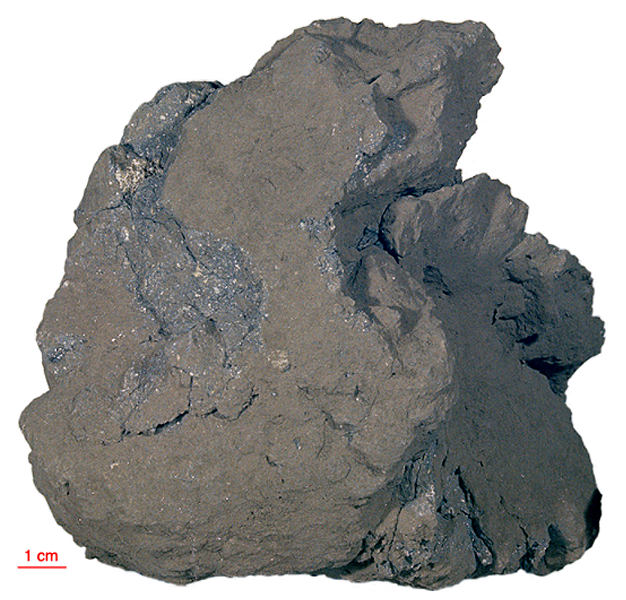
Fact sheet
15299 is a clast-rich breccia formed from an earlier soil, which was compressed and welded in a meteorite impact event. This sample of breccia was found lying on top of the regolith (the soil and rock covering of the Moon).
The thin section contains glass clasts including impact melt beads, mineral fragments (plagioclase feldspar, pyroxene, olivine, spinel and opaque iron oxides) and rock fragments (mare basalt, microgabbro, anorthosite and pre-existing breccia) in a brown glassy matrix. Rotation 1 shows three types of glass - mustard yellow beads and angular fragments of colourless and brown glass. Glass dominates rotation 2 with the most obvious being a colourless crystallite-rich glass adjacent to a smaller mustard yellow glass fragment.
The sample weighed 1692 grams before analysis and has not been dated.
Further details of this and other Apollo samples are here: http://curator.jsc.nasa.gov/lunar/
The Apollo 15 landing site was in the Apennine Highlands, and close to Hadley Rille — a long, narrow winding valley. Approximately 76 kg of lunar material, including soil, rock, core-tube and deep-core samples, were returned to Earth.
This mission was the first flight of the Lunar Roving Vehicle which allowed the astronauts to venture further from the Lunar Module than in previous missions. During three periods of extravehicular activity, or EVA, on July 31st, and August 1st and 2nd, Scott and Irwin completed a record 18 hours, 37 minutes of exploration, travelling 17.5 miles, in the first car that humans had ever driven on the Moon.
Apollo 15 was launched on 26 July 1971.






